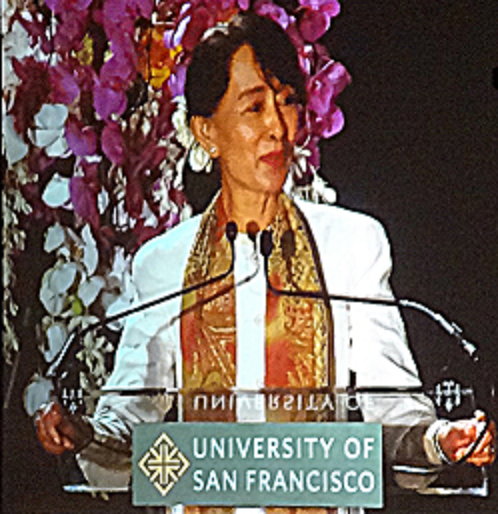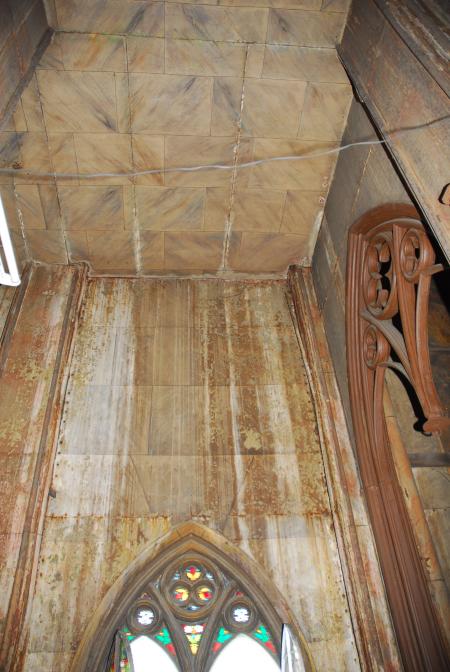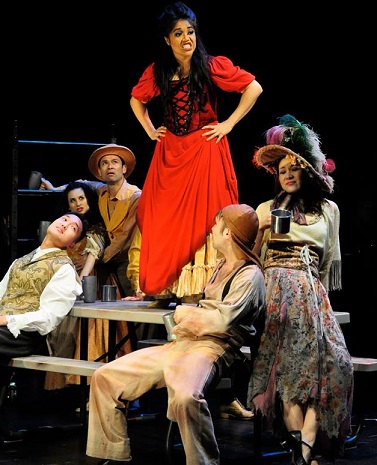Journalism loses a home
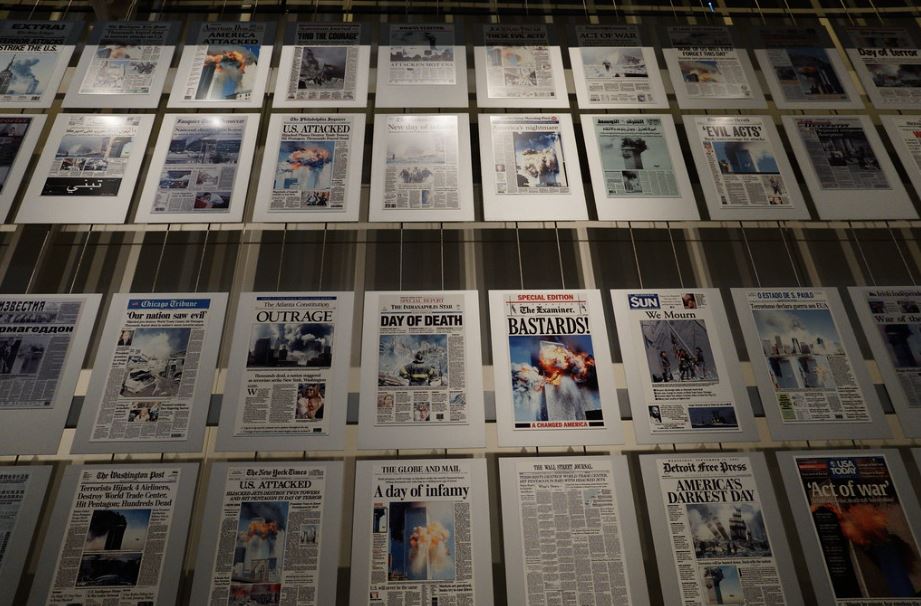
With thousands of newspapers around the country closing, merging, or downsizing, it is just a matter of time when Newseum will write 30.
On December 31, 2019, a museum in Washington D.C. that held space for journalism and the important protections of the First Amendment, closed its doors after 11 years.
Photographs and memorabilia of all the news reported, photographed, aired, and delivered to the American public would be kept in storage or returned to their owners. The political scandals, the Pulitzer Awards, the stories that made history – all of them were archived, cared for, and exhibited to the public for a very reasonable fee of $20 to get in. Until finally, Freedom Forum, the creator and founder of Newseum, could no longer sustain the costs of operating this treasured institution that housed a theater, conference rooms, and a terrace overlooking the U.S. Capitol.
It is hard to pinpoint if the declining receipts had to do with rise of digital publications, the advent of Fake News, or whether some people have stopped believing in journalists and the honorable, invaluable work they do bringing news across the country, in small barn towns and in ethnic-based communities.


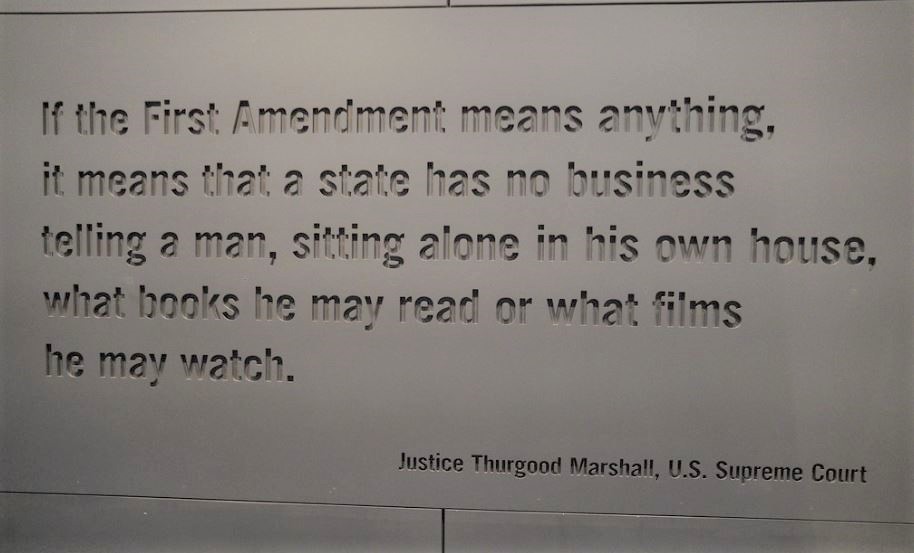
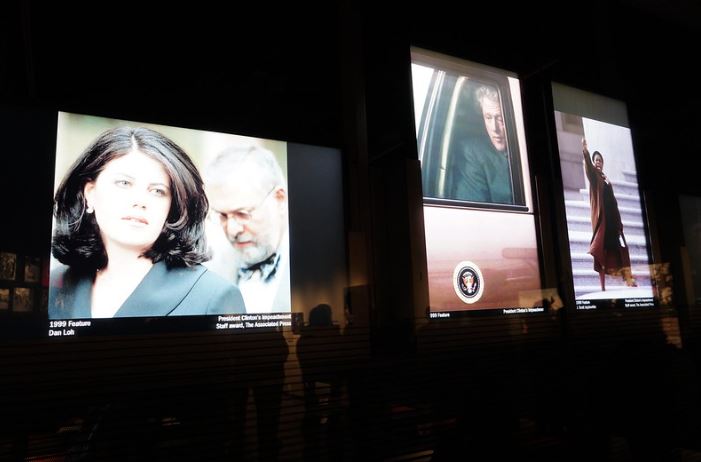
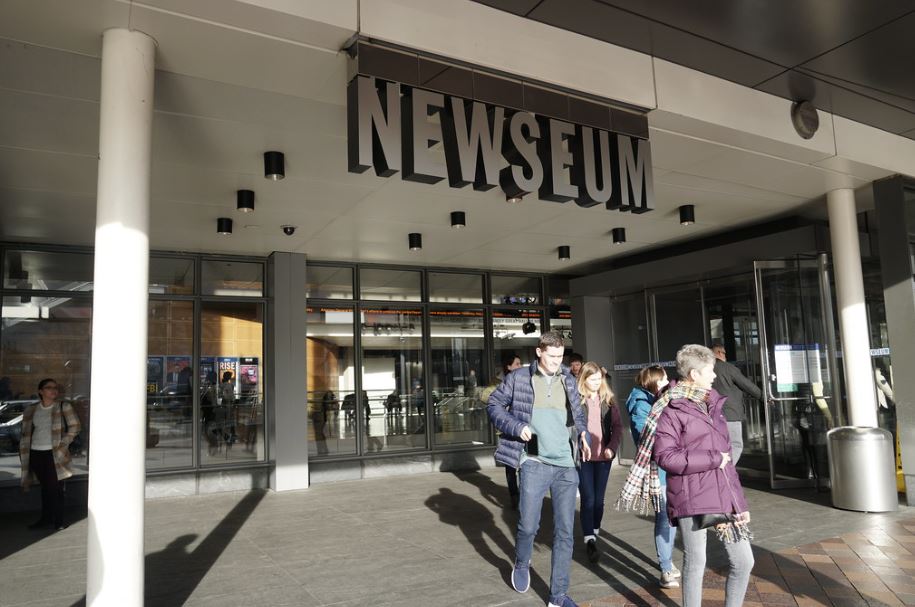
Let me share my own little story: In 2014, Newseum — in partnership with the Smithsonian Institution — mounted an exhibit called “One Nation with News for All” dedicated to the work of the ethnic media. The FilAm was featured in the interactive exhibit as among “100 of the most influential ethnic media outlets in the U.S. from Colonial times to today.” To this day I am still thrilled.
The sprawling Newseum has recently been sold to Johns Hopkins University for $372.5 million, according to reports.
Jersey City native Alex Ramos, the son of a Filipino journalist, snapped more than a hundred photos of Newseum on its last week and archived them on Flickr.
“It’s a shame,” he writes. “There’s such a need for a museum like this.” – Cristina DC Pastor


© The FilAm 2020


